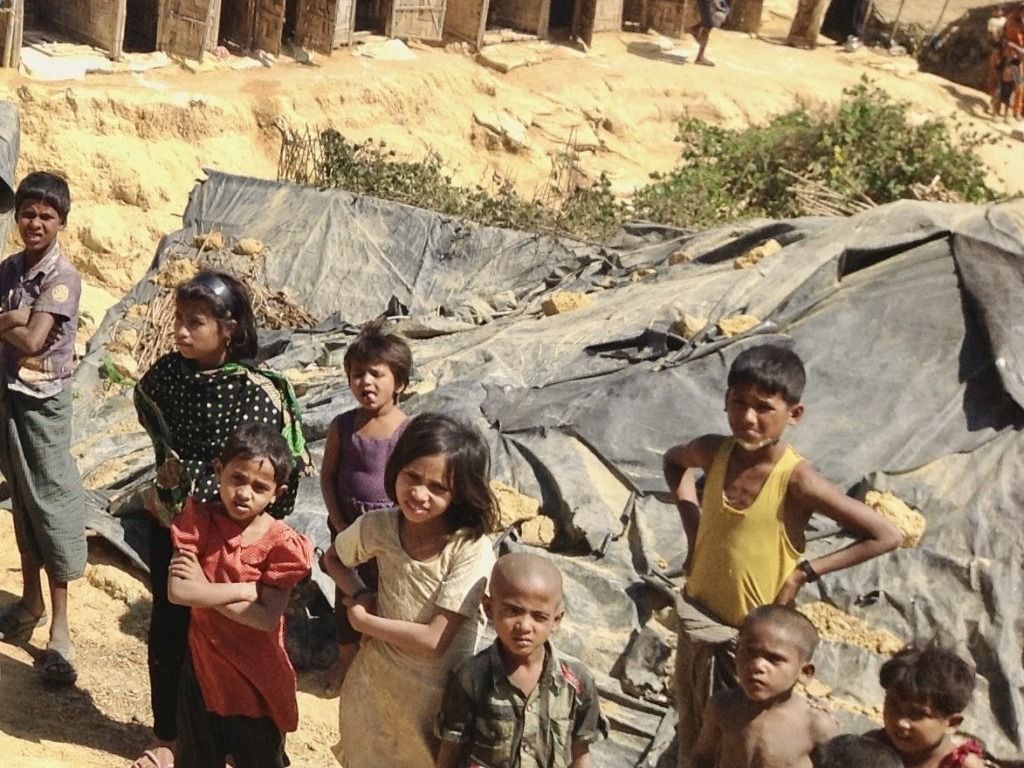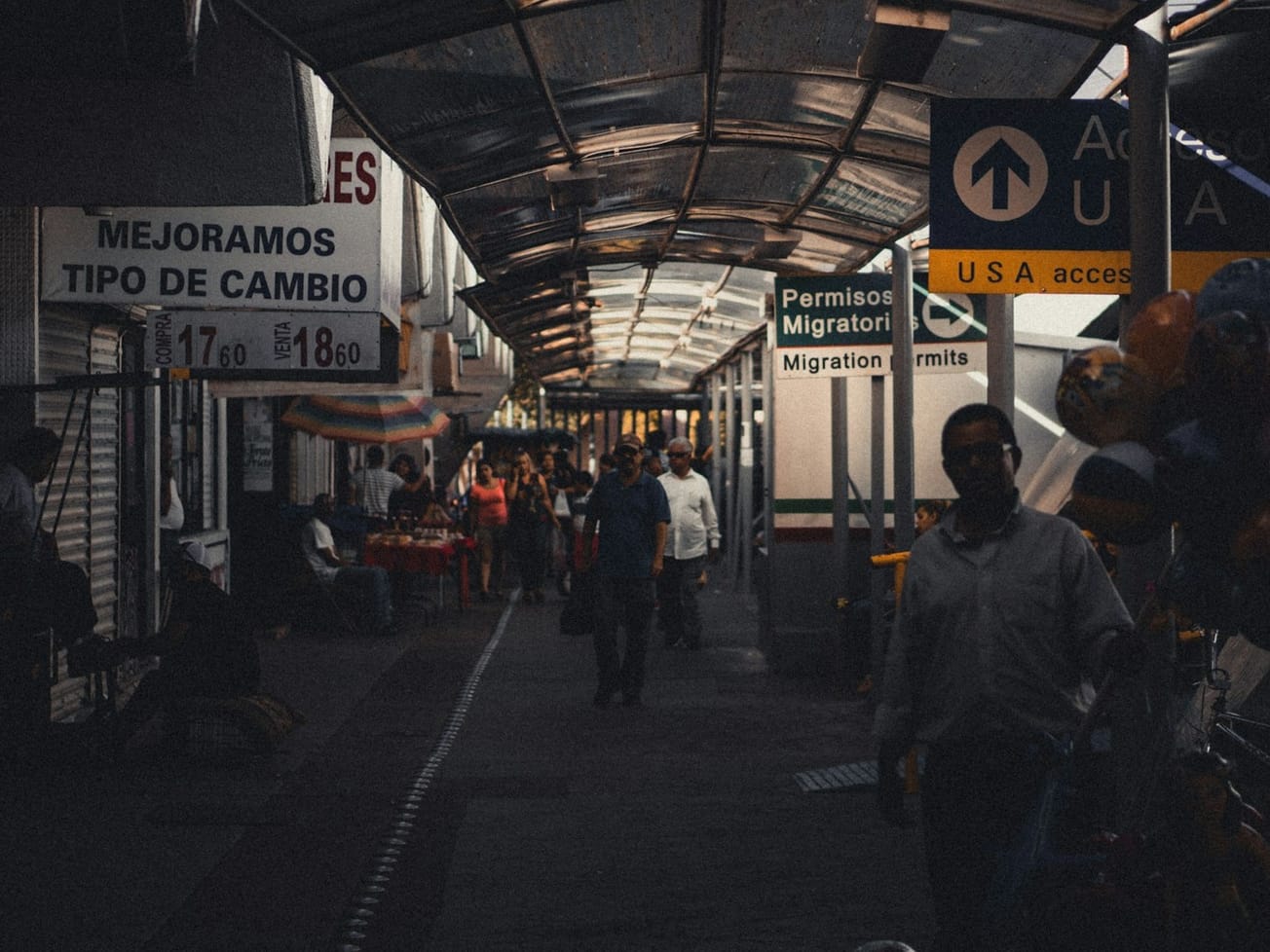GENEVA (AN) — Officials with the U.N. refugee agency and other aid organizations sounded the alarm on Friday after the first COVID-19 infections were detected at the world's largest refugee settlement for Rohingya Muslims in Bangladesh.
The Office of the U.N. High Commissioner for Refugees, or UNHCR, said it had serious concerns about the 855,000 Rohingyas overcrowded into plastic shacks in 34 refugee camps and 444,000 Bangladeshis living in the surrounding host communities. The virus could spread quickly among them since the camps hold an average of 40,000 people per square kilometer, almost four times more dense than New York City.









